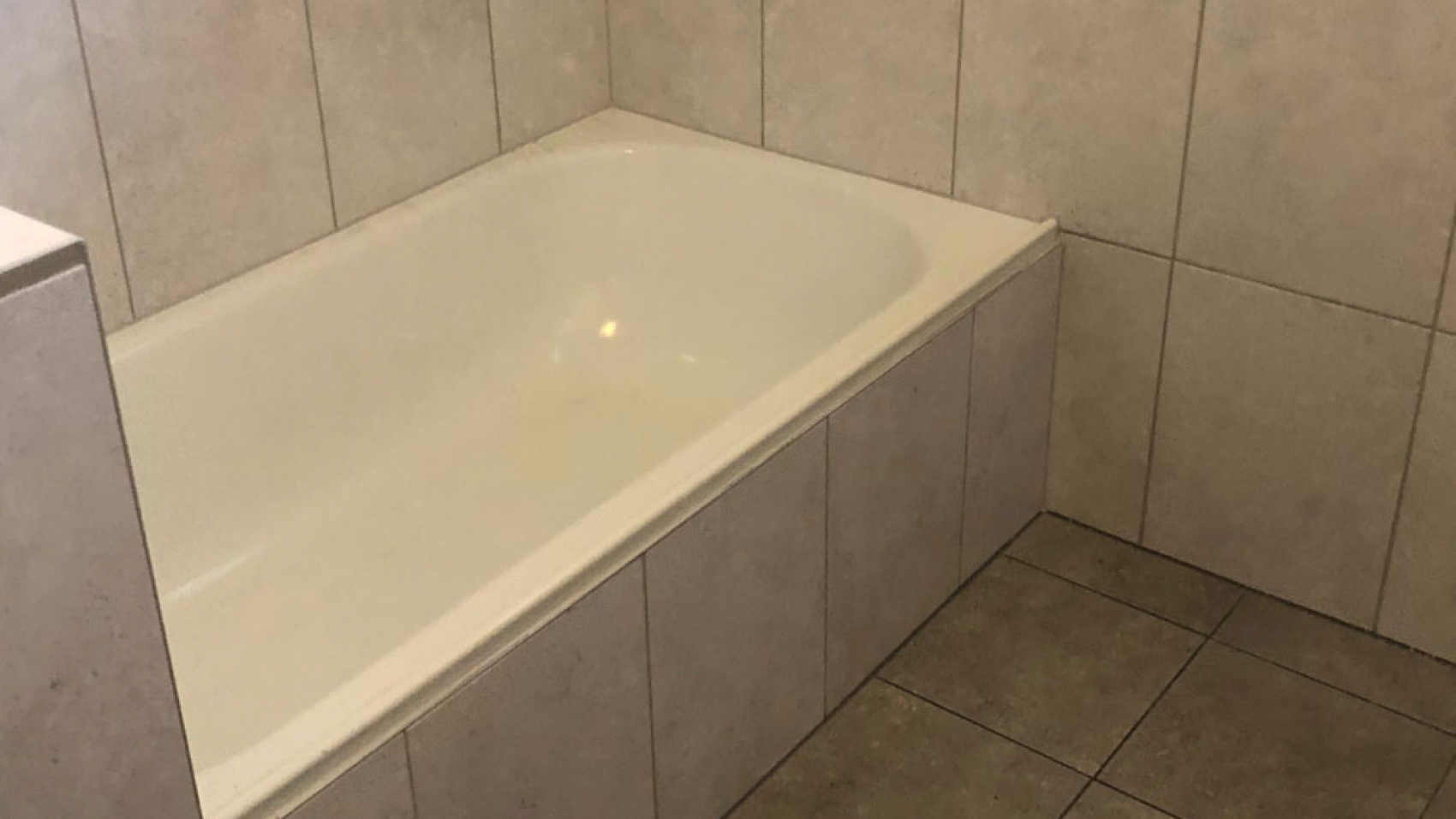Even before the pandemic, more people are becoming enthusiasts of home repair and renovations. Who doesn’t want a comfy, well-built, and repair-free home? Among the top projects when it comes to home building or repair is tiling and waterproofing.
Our team gathered the common questions being asked about this subject. Through our collective years of expertise in the industry, we will provide you with the best answers possible.
Will waterproofing and tiling take long to do?
It will all depend on several factors, which include your budget, the number of people for the job, and their expertise.
On average, it should only take about a week to complete waterproofing and tile installation. But you should be aware that there are waiting times involved to complete the entire waterproofing process and setting of tiles.
Who are the experts for this project?
There are myriads of tutorials on the Internet today about basically everything. And that includes waterproofing and tiling. However, like with most home projects, one cannot rely on the Internet.
To get the best results and return on your budget, hire only the qualified tradespeople to do the job. These include:
Builders. They are mostly a complete package. They know what to do and how to do it best.
Licensed waterproofers. “Licensed” is important so you know that they went through comprehensive training.
Tilers. They are the master of their craft. You can be sure that your home tiles are appropriately installed.
Can I opt out waterproofing?
A big no. Whether in residential, commercial, or any other spaces, there will always be wet areas. This is why you can’t remove waterproofing in your checklist when it comes to construction or repair.
If you don’t want to have your structural timbers rot easily from the water leaking into the floor and walls, include waterproofing. Moreover, you surely don’t want to spend terribly for repairs that could have been prevented early on. No wet areas in any property should be left non-waterproofed.
Is there DIY waterproofing?
Of course there is and as we said earlier, tutorials abound on the Internet. But, we don’t recommend it.
In Queensland and New South Wales, you can have DIY waterproofing only if you are licensed to do the job. Not all states and territories require a license to handle waterproofing. However, the person you will hire to do it needs to present a written assurance that the work is fully compliant of the Australian Standard A 3740-2010 – ‘Waterproofing of domestic wet areas’.
Apart from all these, DIY should still be approved by a building inspector. Also, it may affect your insurance or warranty claims later on.
The requirements are strict because in Australia, poor waterproofing has brought huge damages to many properties in the past. You need to make sure that the right people are doing this job so you can prevent any serious damage and unwanted repair costs in the future.
How is waterproofing done?
Waterproofing here in Australia normally starts with applying a liquid rubber membrane on areas where water is present. This is an approach to seal the area against any water seepage.
With the use of “neutral cure” silicon, the first areas to be sealed are the edges and corners. A ‘polyfab’ bandage or polyester fabric is also applied to create a ‘bond breaker’.
The bond breaker is flexible and it aids in decoupling the waterproofing membrane at joins. This way, any small movements on the area will not destroy the membrane. It is also needed around penetrations through the waterproofing membrane, like tap outlets and drains.
Normally, the waterproofing membrane is applied under the edges of the bandage. This is to ensure that it is deeply submerged and appropriately adhered to the wall or floor. After which, using a roller, the membrane is painted on the walls and floors. Two coats are used: the second coat is rolled at right angles to the first coat.
Which areas require waterproofing?
Every space where there’s a water outlet needs waterproofing. Basically, these are:
- Bath area
- Bathroom
- Laundry area
- Shower stall
- Kitchen wet area
- Taps, drains, etc.
The materials used in the area to be waterproofed will determine how high and wide the walls and floors will need to be waterproofed. For instance, in shower recesses, the normal waterproofing height is 1800mm. To determine how far the waterproofing membrane needs to extend on the wall and floor are based on these factors:
- Shower stall size
- Shower stall enclosure structure
- Used of pre-moulded base
Same thing with the materials used on the bathroom floor, it will determine the requirements for waterproofing in this area. If a fibre cement floor is already in use, the concrete floors may be able to offer some sort of water resistance. However, if the floor is made up of timber-based materials like plywood or particleboard, full waterproofing is required.
How are tiles installed?
Tiling is made after the installation of waterproofing membrane. The mortar bed or screed for the shower needs to be installed first before tiles are put up.
These are the general stages of tiling process:
- Selection of tiles – Different designs may be used on floor and walls. But you need to consider their slip resistance.
- Tile pattern – Careful planning is needed on where the first tiles will be installed, and how they will be aligned with the floor and wall joints.
- Tile cutting – They need to fit on the areas where it will be applied.
- Application of thin set mortar or tile adhesive
- Allowance for the setting of tiles
- Removal of spacers between tiles
- Application of grout on gaps
- Clean up of remaining grout and debris
- Waiting for grout setting
Tiling and Waterproofing Experts in Darwin
If you are in Darwin and you need tiling and waterproofing works, iTileNT is your best service provider.
We have more than 20 years of experience in tiling and waterproofing and have been serving the areas of Darwin, Palmerston, and Humpty Doo. iTileNT is a licensed wall and floor tiler and waterproofers.
Our team is more than capable of full bathroom renovations, from tile demolition, waterproofing, tiling, plumbing, to remedial waterproofing. You can be assured that our years of expertise can cover all your need for remedial waterproofing, including leaky balcony and shower and tile free bathrooms.
iTileNT also offers Clear Slip Resistant Coating to make any surface slip-resistant while retaining its appearance.
Call our friendly staff today and get a free quote:
+61 400729303
info@itilent.com.au
15 Wulagi Crescent, Darwin NT 0812

